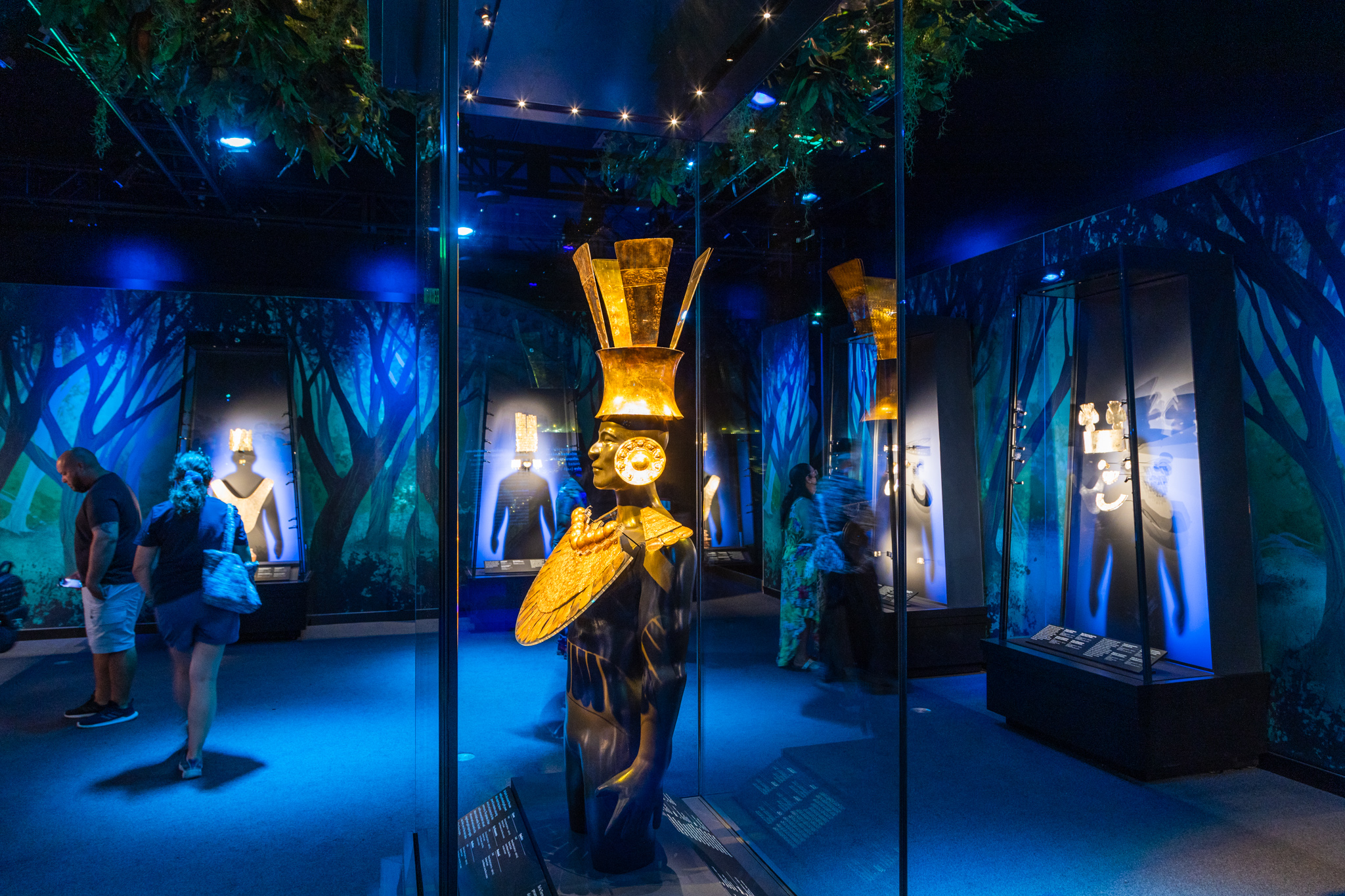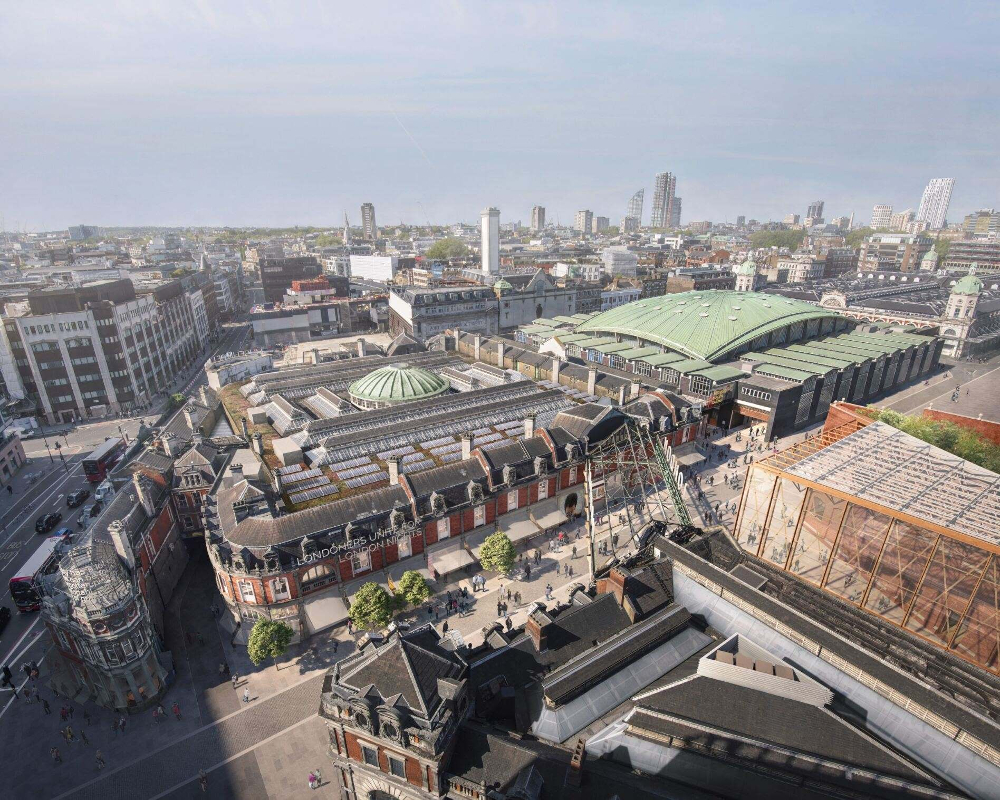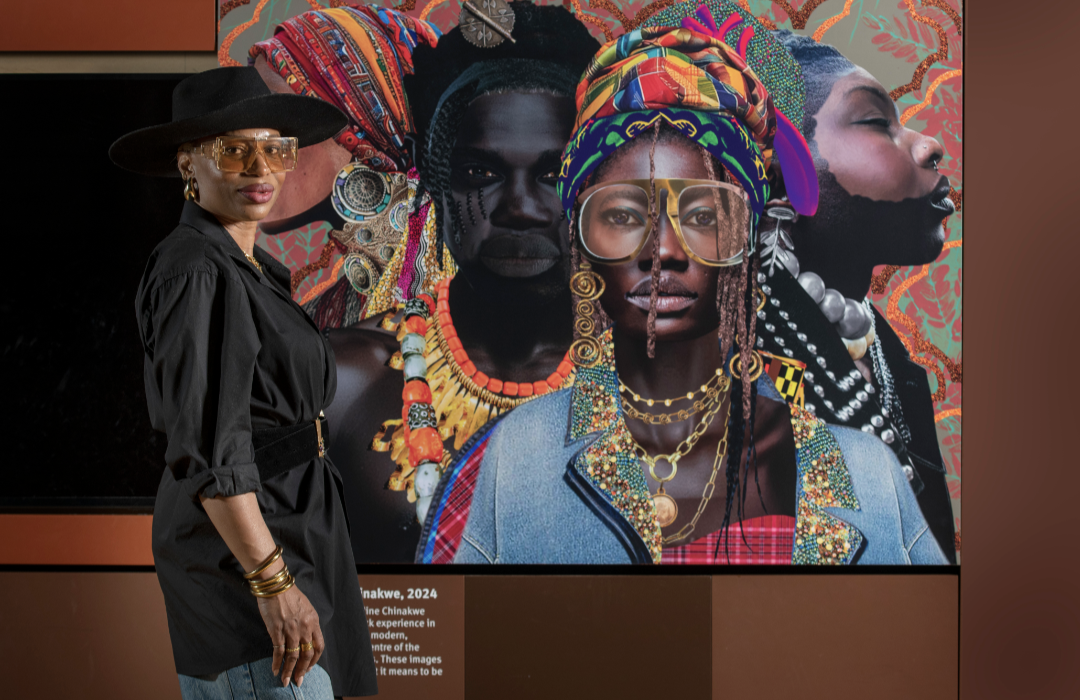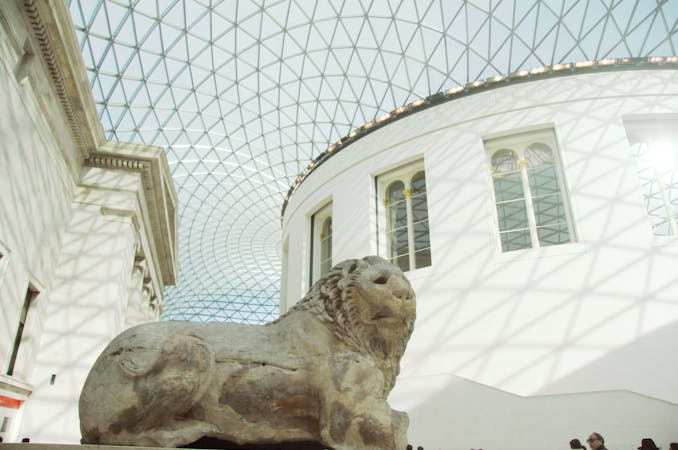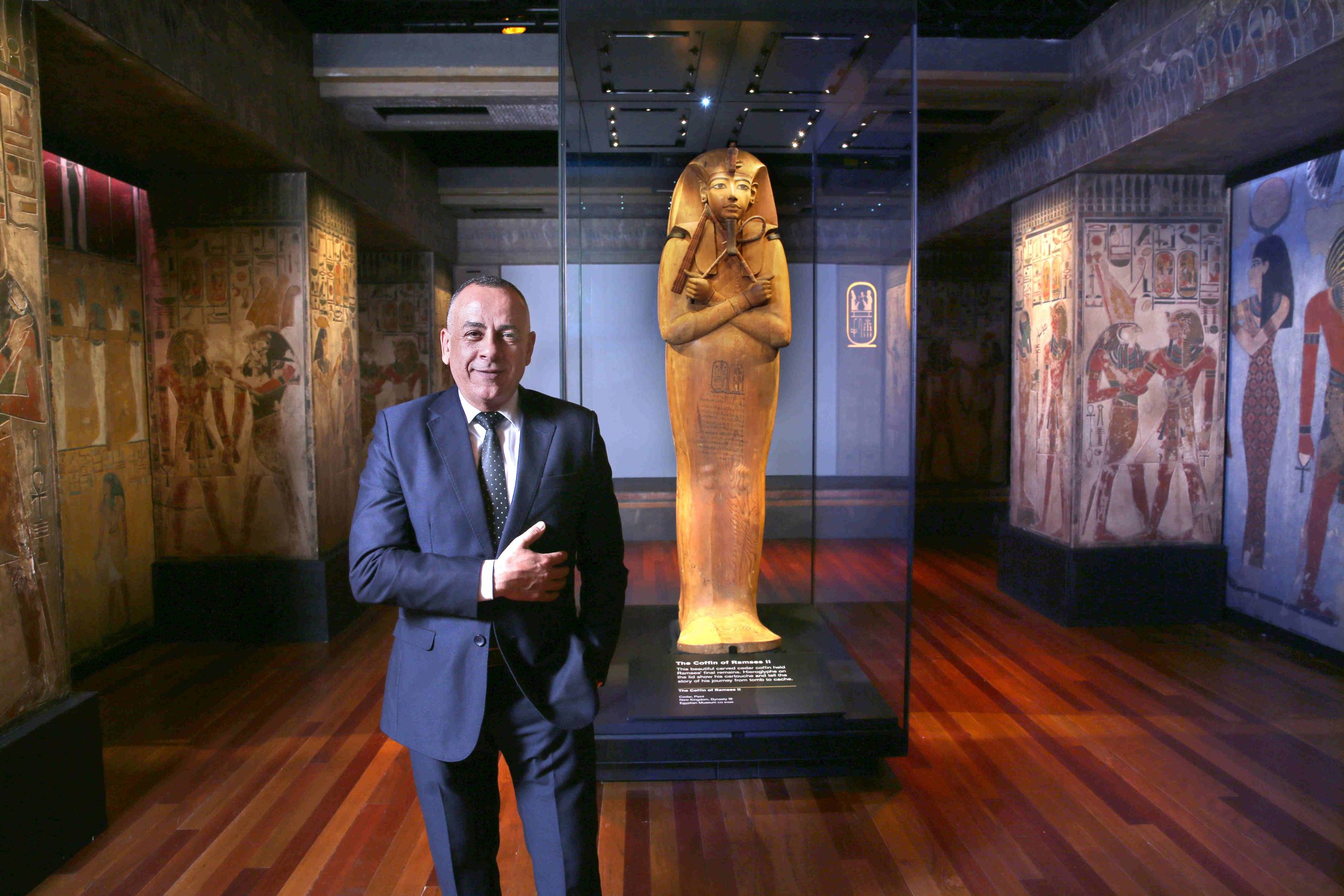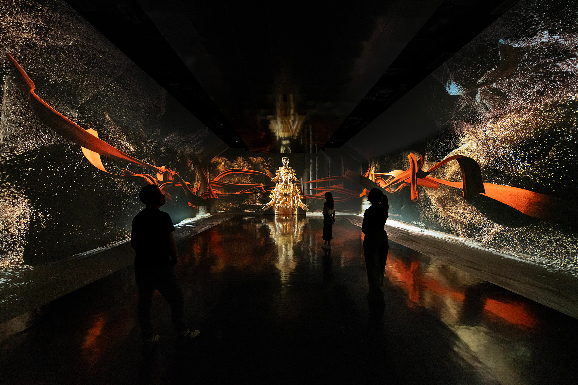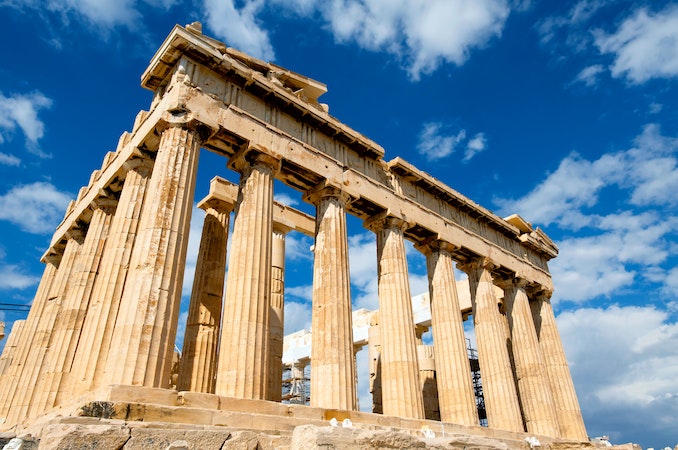Why rush to see The Great Mughals at V&A: a celebration of opulence, art and culture
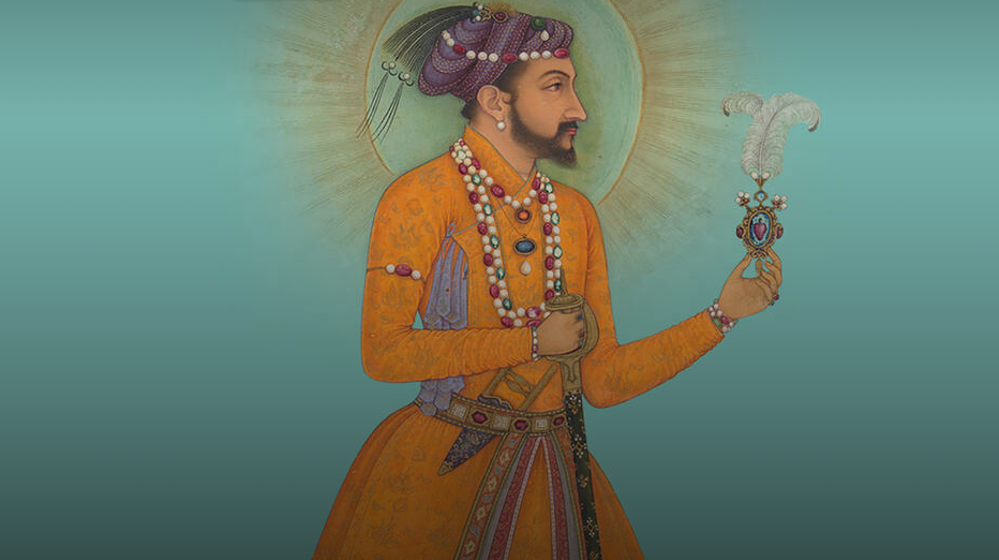
Today, the Victoria and Albert Museum opens the doors to a landmark exhibition, The Great Mughals: Art, Architecture and Opulence. For the first time in a major show, the monumental artistic achievements of the Mughal Empire’s ‘Golden Age’ (c. 1560–1660) take centre stage, showcasing the splendour, craftsmanship, and cultural exchange that defined one of the world’s greatest empires. The Glory of the Mughals The Mughal dynasty, rooted in Central Asia, was founded in 1526 by Babur, a Timurid prince who carved out an empire stretching from modern-day Afghanistan to the edges of southern India, and from Gujarat to the borders of present-day Bangladesh. At its zenith, the empire was known for its staggering wealth, progressive governance, and artistic innovation. Focused on the reigns of three of the dynasty’s most celebrated emperors—Akbar (r. 1556–1605), Jahangir (r. 1605–1627), and Shah Jahan (r. 1628–1658)—the exhibition illuminates a period when the Mughal court transformed into a cultural powerhouse. These were the rulers who commissioned masterpieces like the Taj Mahal and fostered an artistic legacy that blended Persian, Indian, and European influences. Unveiling the Court’s Creative Mastery At the heart of the exhibition are over 200 objects, breathtaking in both their beauty and their historical value. Visitors can expect to marvel at exquisite paintings, intricately illustrated manuscripts, luxurious textiles, vibrantly hued carpets, and dazzling objects crafted from mother of pearl, jade, rock crystal, and precious metals. Many of these treasures have been hidden from public view for decades, making this a rare opportunity to immerse oneself in the artistry of… Read More


